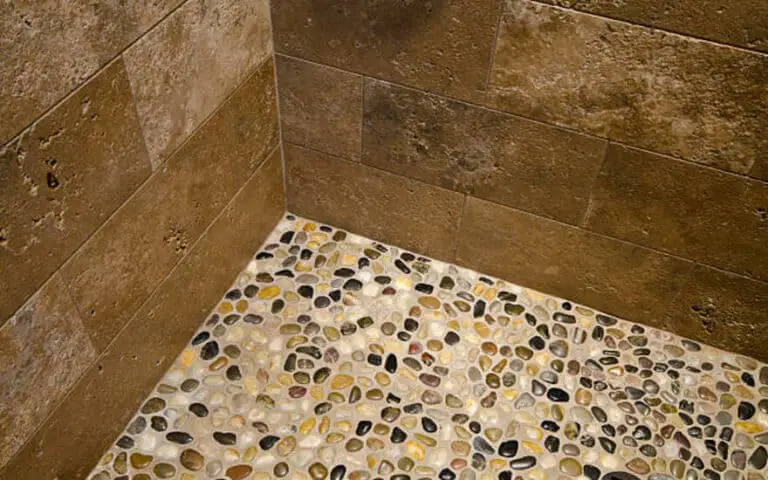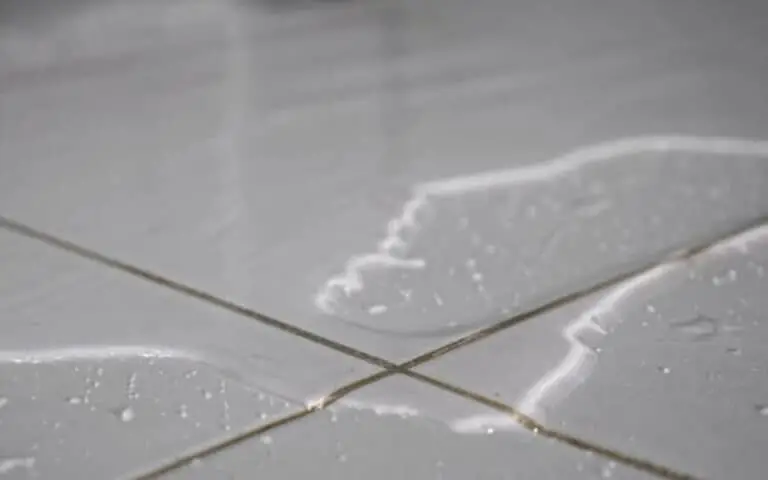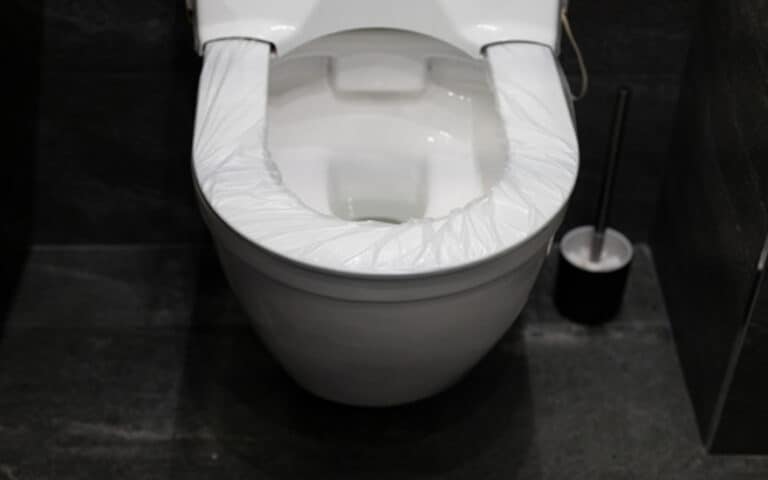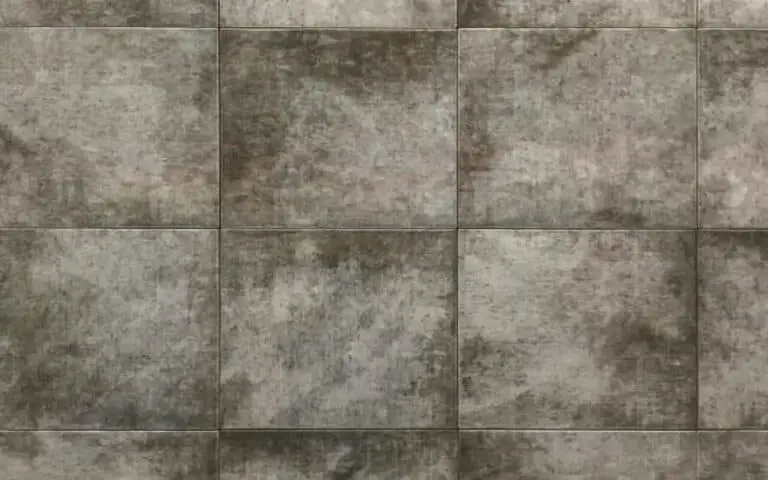I’ll show you how to improve the acoustics of your bathroom with flooring and other materials so that you can have a more pleasant experience each time you use it.
How to improve the acoustics of your bathroom with flooring: Easy DIY Methods
Soundproofing your bathroom is not difficult and doesn’t have to be expensive. Plenty of inexpensive yet effective DIY soundproofing methods can be easily implemented. If you want to improve the acoustics of your bathroom with flooring, here are a few of the best easy DIY methods you can use.
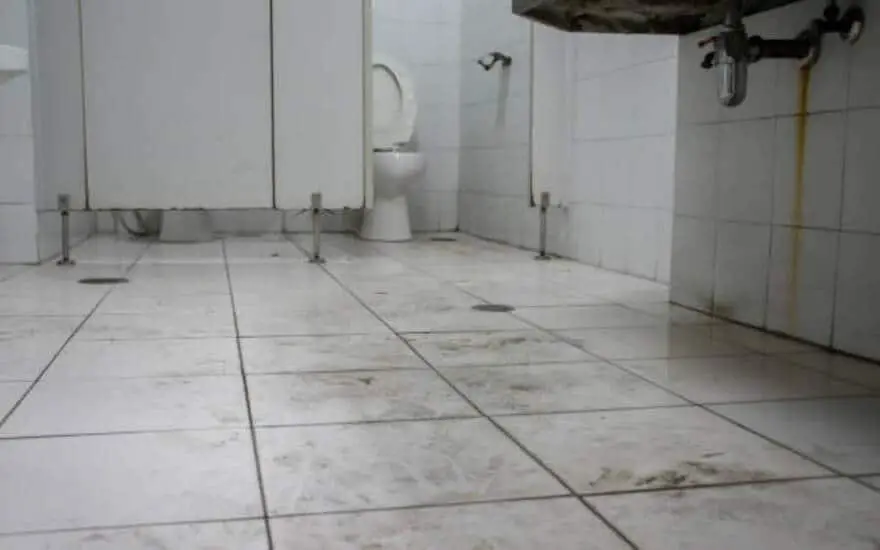
1. Using rugs
Rugs are a great way to improve the acoustics of your bathroom. They help reduce noise reverberation, dampen the sound of footsteps, and absorb sound waves. You can use thick area rugs to insulate the floor and place a pad underneath the rug to further decrease sound transfer.
This can be a great solution if the noise comes from downstairs neighbors. Additionally, rugs are easy to install and make a great design statement in your bathroom.
2. Installing acoustic tiles
Installing acoustic tiles is a great way to do so if you want to add a bit of sound absorption. Acoustic tiles are made with a material that absorbs and breaks up sound waves, preventing them from traveling through the room.
Kirei’s Quick Ship acoustic wall tiles are a great solution to this issue. They come in various colors and patterns, so you can find something that fits your bathroom’s aesthetic. Additionally, they are easy to install, so that you can do it yourself with minimal effort.
3. Using self-adhesive mats
Another option for soundproofing your bathroom is to use self-adhesive mats. These mats have an adhesive backing, making them easy to install on the floor.
They come in various sizes so that you can choose the best fit for your space and needs. Self-adhesive mats also come with acoustic foam backing, making them ideal for soundproofing. They are also relatively cheap and can be used in any room of the house.
4. Installing soundproof drywall
If you want to further improve the acoustics in your bathroom, consider installing soundproof drywall.
This is a great way to muffle and absorb sound, adding an extra insulation layer between two walls. Fill any gaps between the floor and drywall with acoustical sealant or silicone caulk.
Then, install a layer of resilient channel or resilient noise isolation between the two walls. Finally, add 3/8″ thick beads of acoustical caulk between the layers of drywall for extra protection from the sound transmission. Doing this will help to make your bathroom quieter and more peaceful.
5. Applying acoustic sealant
Once you have installed your flooring, an extra step to reduce sound transmission is applying 3/8″ thick beads of acoustical caulk between the layers of drywall.
Acoustic sealant helps to create a soundproof barrier between two spaces and is particularly effective when used between rooms. It can also be used in bathrooms to reduce noise from footsteps and other activities.
Additionally, it can be applied to walls and floors for extra protection against sound transmission.
6. Adding acoustic insulation
Adding acoustic insulation is one of the most effective ways to reduce sound transmission in your bathroom.
Acoustic insulation is designed to absorb sound waves, which helps to reduce the reverberation in your bathroom and improves acoustics. The best insulation for soundproofing a bathroom is fiberglass insulation, which can be installed between the walls and ceiling joists to help reduce sound transmission.
Additionally, you may want to consider installing acoustic floor insulation between the joists of your floor and ceiling. This will help to reduce the impact noise that can be transmitted through a hard floor surface.
7. Installing soundproof underlayment
Once you’ve sorted the basics of your bathroom soundproofing, installing soundproof underlayment is time.
This is a great way to reduce impact noise, like footsteps, and improve the acoustics in your bathroom. Soundproof underlayment comprises polyethylene foam, acoustic foam, felt, plywood, cement board, or cork flooring tiles.
Sandwiching the two layers with a noise-proofing compound like Green Glue in between makes the most sense. If you’re looking for an intensive solution, this is worth considering when renovating your floors.
8. Placing acoustic panels
Once you have installed the appropriate materials to absorb sound, you can further improve the acoustics of your bathroom by adding acoustic panels.
These panels absorb sound waves and reduce reverberation in small spaces. They consist of a core material, such as mineral wool or foam, which absorbs sound waves and prevents them from bouncing back into the room.
To reduce echoes, they should be placed at angles on the walls and ceiling of your bathroom. This will help create a good acoustic environment, making your bathroom more like an oasis of calm.
9. Adding sound-absorbing panels
Once you have laid down the floor, you may consider adding sound-absorbing panels.
These panels are made of a core of a substance like mineral wool or foam and are designed to absorb sound waves and control reverberation in small spaces.
You can find these panels in various sizes and shapes, so you can easily find one that will fit the space in your bathroom. Be sure to install these panels on the walls and ceiling to further reduce any noise from outside.
10. Using sound-absorptive paint
In addition to installing acoustic tiles, self-adhesive mats, and soundproof drywall, you can also use sound-absorptive paint to improve your bathroom’s acoustics.
This type of paint is specifically formulated to absorb sound rather than reflect it. It’s especially useful for hard surfaces like tile and concrete floors, which tend to cause a lot of echoes and reverberation.
While it’s not as effective as other acoustic materials, it’s a relatively easy and inexpensive way to improve your bathroom’s acoustics.
What flooring is best for acoustics?
Considering the soundproofing needs of a bathroom, AcoustiTECH recommends limiting tile flooring to areas such as the bathroom, entrance, and kitchen.
But if you opt for tile flooring, you must consider what fl is best for acoustics. Laminate flooring is a reasonably good choice for sound reduction with the addition of a quality underlayment. Luxury vinyl tiles (LVT) also offer good soundproofing and can be installed with a sound-insulating underlayment or foam-backed vinyl to enhance the soundproof features.
Cork tiles are also an excellent soundproof option, as they are resilient to sound and offer excellent impact sound reduction and absorption. In addition, traditional, soft, porous acoustic materials can also be used in dry areas of the bathroom to absorb and reduce noise levels.
Using traditional, soft, porous acoustic materials
When it comes to improving the acoustics of your bathroom, using traditional, soft, porous acoustic materials is one of the most effective methods. These materials can absorb sound waves, reducing reverberation and noise in the room.
Soft, porous materials such as carpets, rugs, acoustic tiles, and self-adhesive mats are all good options for adding sound absorption to your bathroom. You can also install soundproof drywall and acoustic sealant to prevent sound from entering the room.
Finally, adding acoustic insulation and soundproof underlayment can help ensure that your floor is insulated from outside noise. These materials will help to keep your bathroom quieter and more comfortable.
How do you soundproof a tile floor?
Many options are available if you’re looking to soundproof a tile floor.
You can try using rugs and acoustic tiles to absorb sound and installing self-adhesive mats, acoustic sealant, and acoustic insulation. Additionally, you can use soundproof drywall, soundproof underlayment, acoustic panels, or sound-absorbing panels to further improve the acoustics of your bathroom.
Sound-absorptive paint is also an option if you plan to paint the walls. You can look into the cork and other similar materials for traditional, soft, porous materials. With all these options available, finding the perfect solution for your room’s acoustics is easy.
Summary
No matter the size of your bathroom, you can always make improvements to the sound level. It’s important to choose floor coverings that are soundproof and impact-insulated, as well as materials that absorb sound waves.
Traditional soft, porous materials are best for acoustics and can be easily installed with self-adhesive mats and acoustic sealants. For added insulation, you can also install soundproof drywall, soundproof underlayment, acoustic panels, and sound-absorbing panels.
These simple DIY methods can improve your bathroom’s acoustics and create a calming and peaceful atmosphere.


![How To Fix Laminate Floor Peeling [Step By Step] 3 How To Fix Laminate Floor Peeling [Step By Step]](https://homequeries.com/wp-content/uploads/2023/02/istockphoto-1162519511-612x612_880x550-768x480.jpg)
